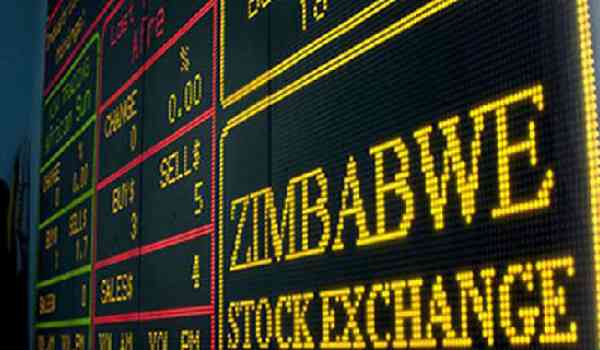
In a typical move by the central bank to fight symptoms, a new currency auction system, called the Dutch auction market, was introduced in June 2020.
This saw the Zimbabwean dollar plunge by 26% against the United States dollar in one week, followed by a loss of 27% in the following week. Collectively, the Zimdollar depreciated by 60% in May.
Meanwhile, the Zimbabwe Stock Exchange (ZSE) rose by a staggering 161% in May, in nominal terms. However, this only translated to 4% in US dollar terms and thus spiked uncertainty fears in the investing public.
While investors chase value-preservation from the fragile Zimdollar, the ZSE has proved to be the best safe-haven as it is directly driven by money supply and market developments.
This was the case in 2020 and 2021.
However, in 2022, the government proved superior to market dynamics by somehow plunging the market in a bid to “save the Zimdollar”. This was achieved by announcing harsh measures against the ZSE along with other contractionary monetary policy measures.
While the measures were partially relaxed in the first quarter of 2023, which saw the market regain its position, it appears the government was back at it in May. This time, the government affected gains on ZSE in real terms, not by imposing measures on the market. It imposed measures targeted at “saving the Zimdollar” yet again.
The central bank somehow floated the exchange rate by introducing the Dutch auction market, which gives precedence to the highest bidder on the market. This has seen a decline in the valuation of Zimdollar- based asset classes.
- Lupane man survives axe attack
- Currency crisis alarms business
- Currency crisis alarms business
- Stop clinging to decaying state firms
Keep Reading
Since the beginning of the year, the Zimdollar has depreciated by 74% on the formal currency market against the US dollar, and 71% on the parallel market.
However, last month, the Zimdollar shed off 60% against the US dollar on the auction market, and only 37% on the parallel market. On the other hand, the ZSE All-Share Index surged by 161% in May, which is the highest monthly nominal growth in over three years.
However, this translated to only 3,6% in US dollar terms, based on the auction market rate. On parallel market basis, the ZSE rose by 64% in US dollar terms, which is the best stock market monthly performance in the world. This cannot be premised on in official reporting and projection.
On a year-to-date basis, the ZSE is up 477,7% in nominal terms, which converts to 51% in US dollar terms based on the formal market exchange rate. Based on the parallel market, the ZSE boasts of a 65% year-to-date (YTD) growth, which is equal to that of Malawi Stock Exchange and the highest in Africa.
In perspective, if an institution used the auction market to convert US dollar earnings and invest on the ZSE at the end of April, then use the auction market to convert proceeds back to US dollars for the acquisition of raw materials, they would have only benefited a 4% real return before tax and costs. Had the same investor used the parallel market, they would have garnered 64% real-term gains before tax and associated costs.
Since most of minority investors depend heavily on the parallel market for currency conversion, the ZSE may seem like a safe haven in the interim.
However, it is imperative to assess the relationship between the parallel and formal market movements going forward.
The formal market has proved incapable of matching up to the parallel market, and the parallel exchange tend to sky-rocket at given intervals due to monetary fundamentals.
Therefore, the recent plunge on ZSE in real terms on the basis of formal currency market should act as a baseline of possibilities in the near future for avid investors who still base on the parallel market.
- Duma is a financial analyst and accountant at Equity Axis, a leading media and financial research firm in Zimbabwe. — twdumah@gmail.com or tinashed@equityaxis.com, Twitter: TWDuma_






